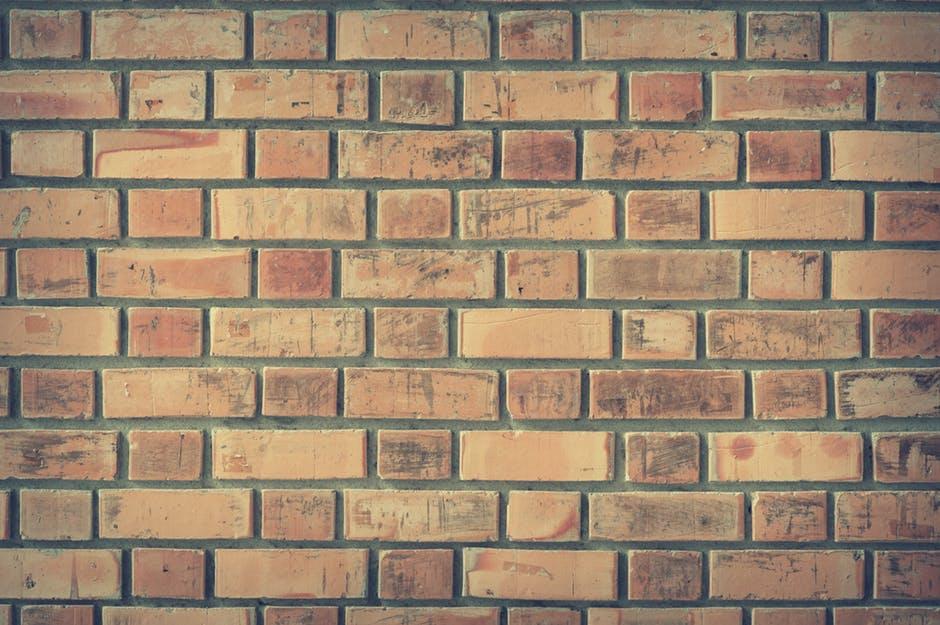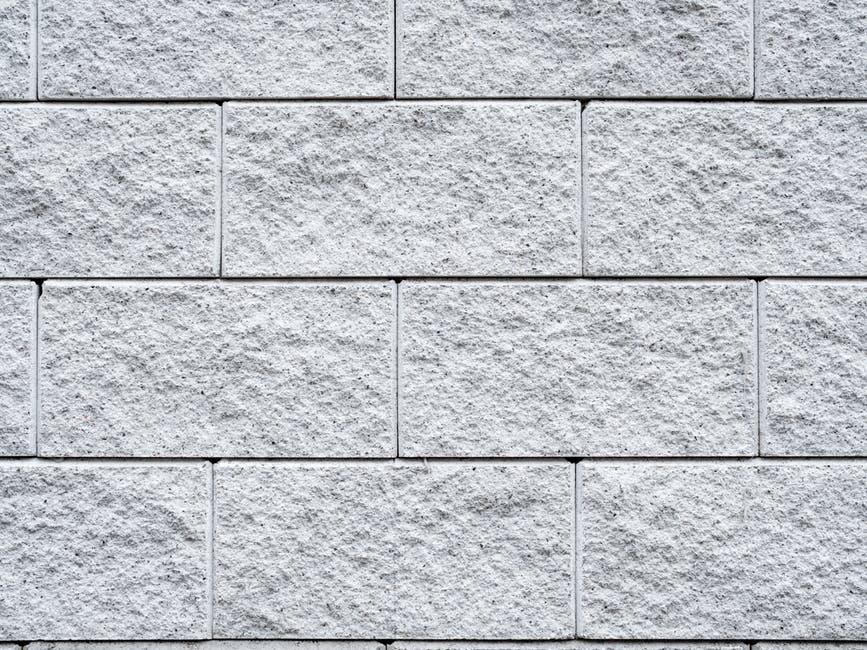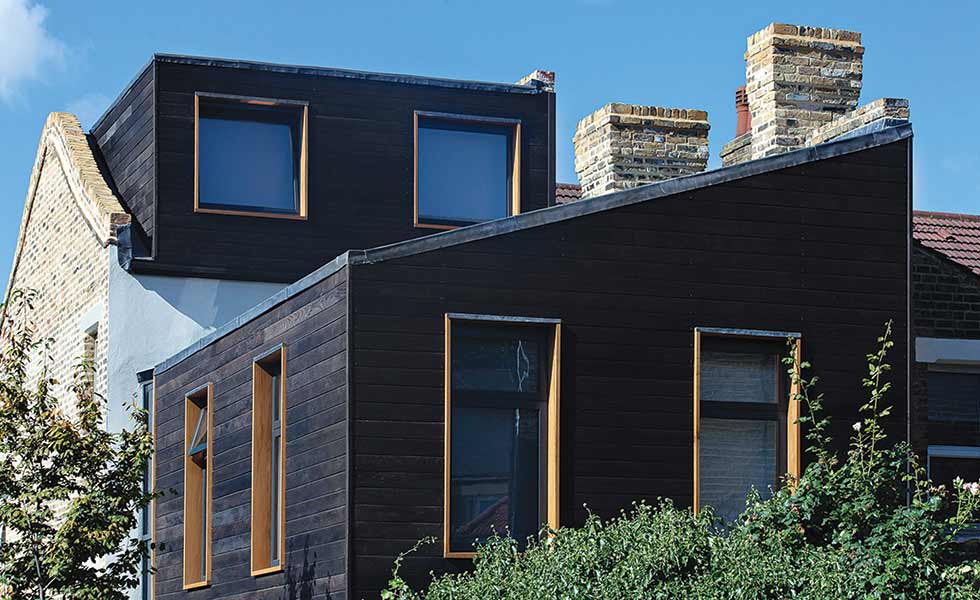Who in this world does not dream of owning an attractive home or building? Obviously, there is none. Not only do you want your property to have a beautiful roof and exterior walls, but you also want to introduce an inviting garden or driveway. This is why you would usually decide on either home renovating or making improvements.
While there are many factors to consider, choosing the right cladding is a crucial decision. That is because it will significantly influence how you feel about your house for many years to come. More importantly, it can affect its ability to withstand elements.
Whether you are a building or renovation your home, you should really think about how it would age and/or weather. Also, you have to be completely aware of maintenance, as well as how often you should replace bolts or reapply protective coatings.
So, without further ado, here are the different types of cladding.
Brick

You can never go wrong with brick – never. Mostly used for building and cladding homes for centuries, it still remains the number one reliable material thanks to its many qualities. And what exactly are these qualities? They include, but not limited to, fire resistance, insulating properties, low rate of moisture absorption, and durability. Plus, brick is known to age beautifully and comes with a variety of earthy colours. There are lots of options available; hence, try to look around your preferred cladding companies.
Plaster and Concrete

It holds true that both plaster and concrete were originally pioneered by the ancient Greeks and Roman. However, in the modern days, they are often associated with homes from the 1930s and 1940s. Even modern finishes tend to mimic the same quality look, though they come with better performance and improved aesthetic appeal. This is most especially the case when the surface they are applied on is carefully selected. Keep in mind that a wide range of plaster and concrete-finished panels are available, mostly from smooth to highly-textured. Like with the aforementioned cladding, select the one that you think would better suit your home.
Metal

When it comes to the most commonly used materials in the world of cladding, it is safe to assume that aluminium and steel remain a top choice. Steel, in particular, is best known for its durability, though it is usually expensive by nature. Aluminium, on the other hand, is cheaper but can easily be damaged more when there is bad weather. Metal really looks great and, more importantly, offers a handful of interesting effects, all of which can be quickly created over time. But as far as being a cladding material, it may really lack a good insulation performance. Still, it does not necessarily mean it is a bad choice overall. If you are completely sold with its looks, then go ahead and select it. It is, after all, one of the best types of cladding out there.
Timber

Not only is timber lightweight and beautiful, but it is also a very popular cladding choice. As a matter of fact, may cladding companies will tell you that it is a top choice for many Kiwi home-builders. With the wide range of cladding styles and finishes, this material right here offers you an array of attractive options. There is a catch, though. Timber is infamous for degrading quickly; hence, it will require utmost maintenance from you. And unlike the ones mentioned above, this degradation tends to be faster and ends on a high note. Ultimately, it may lead to the decision of having to replace it over other alternatives. But if there is a really interesting quality, it is none other than timber’s ability to be warped and moved. Meaning, you can do so according to your preferred design or pattern.
Stone

Of course, it is a crime not to include stone in these types of cladding. This one comes with a wide range of types, but granite, slate, and schist are the most popular ones. Stone is often used for the goal of creating a focal point for your house’s exteriors. Above all, it can easily be added alongside other cladding types, allowing you to be more flexible in options and design choices.






